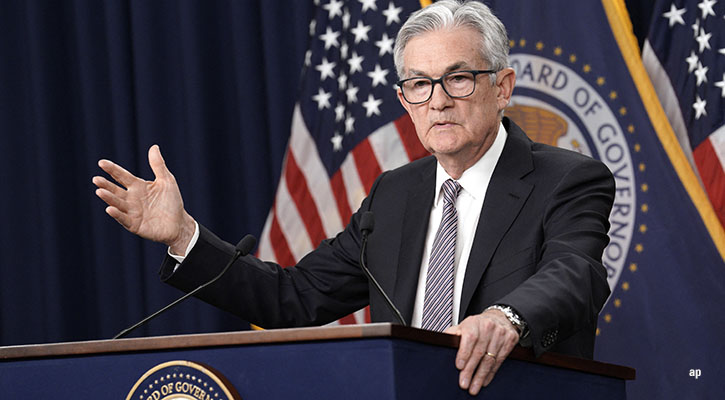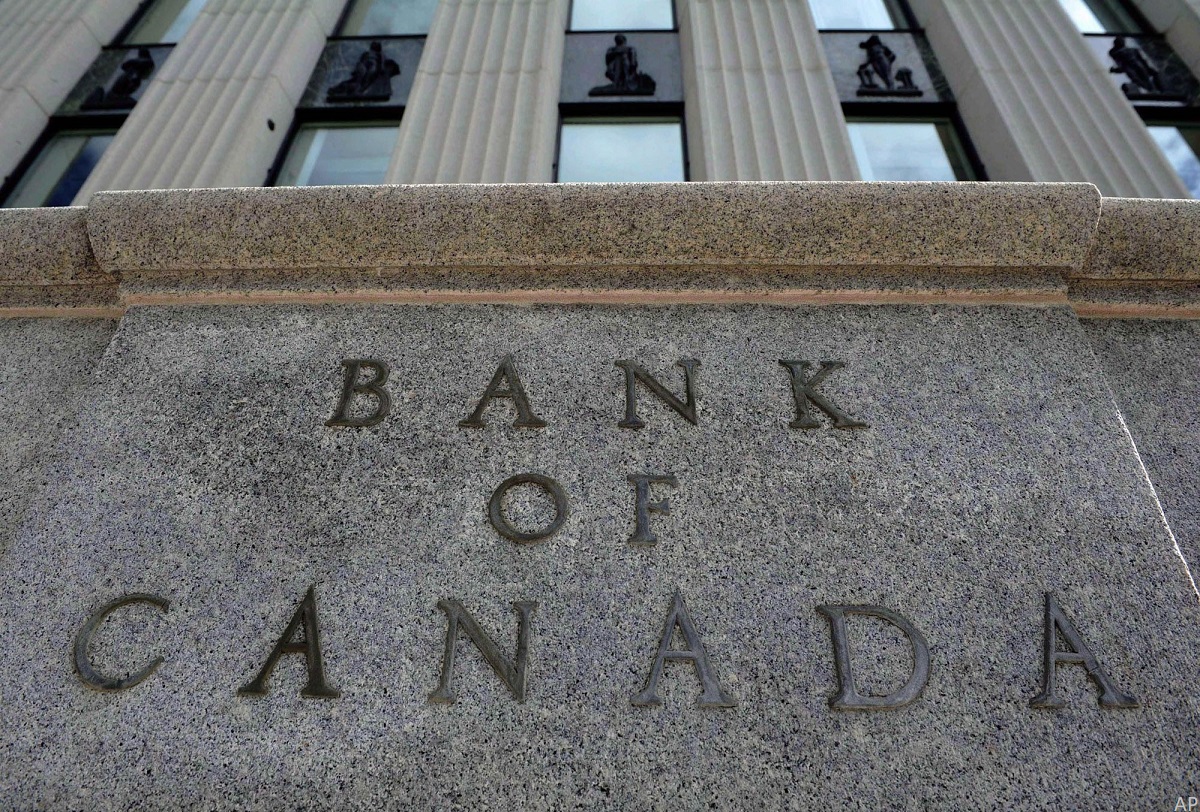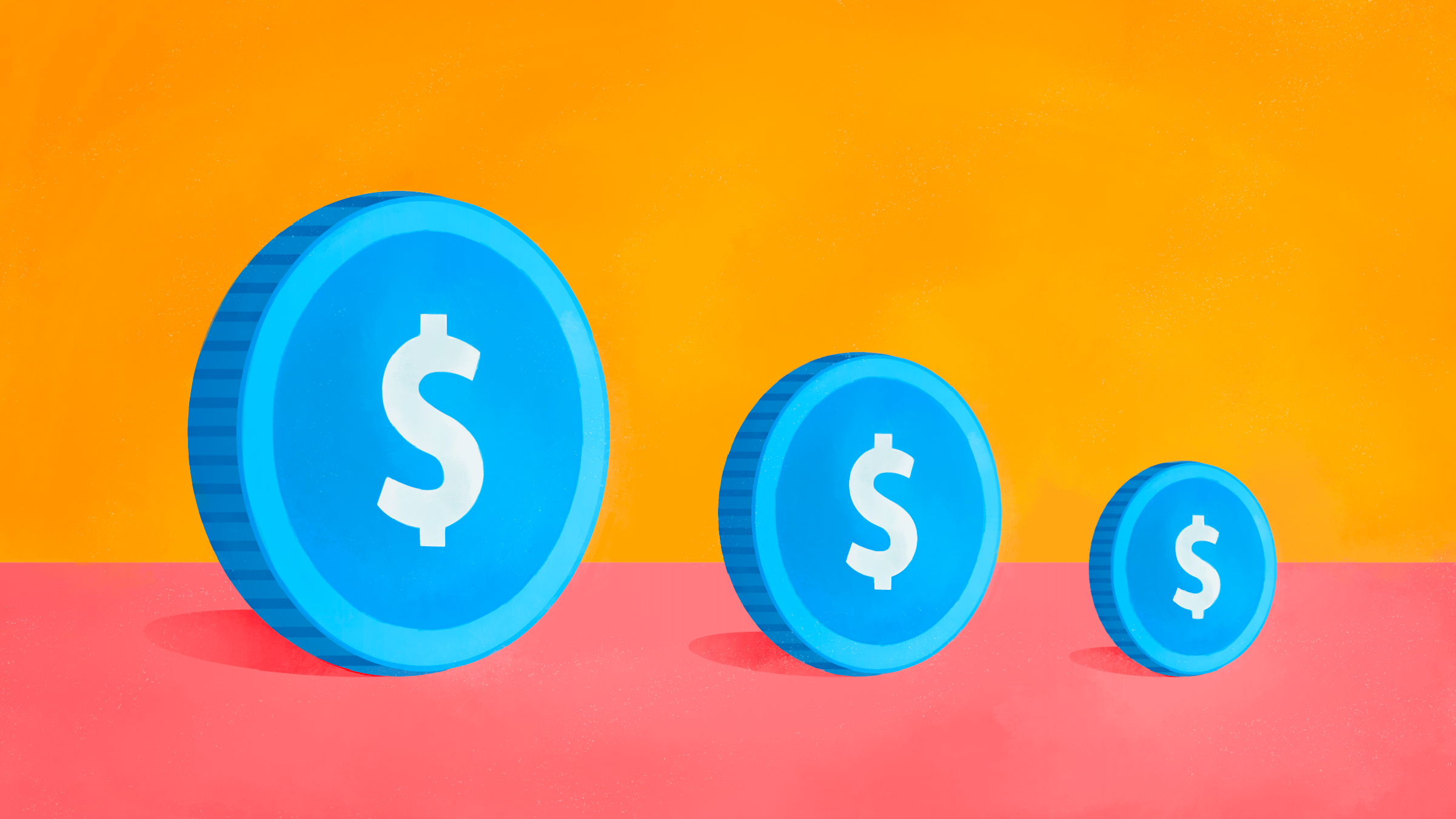:quality(80)/cloudfront-us-east-1.images.arcpublishing.com/morningstar/VYKWT2BHIZFVLEWUKAUIBGNAH4.jpg)
Out with the new normal, in with the old.
Interest rates and bond yields have soared. While many in the market believe most of the jump in rates is in the rearview mirror, fund managers and analysts say investors should get used to a new level of “normal” for bond yields.
Over the past few weeks, all eyes have been watching a historic rout in bonds as the market adjusts to the U.S. Federal Reserve’s “higher for longer” strategy toward interest rates. The yield on the 10-year U.S. Treasury note—a benchmark for mortgage rates and other consumer borrowing costs—is now 4.83%. That’s the highest it’s been since the summer of 2007.
It’s an even more dramatic story for short-term rates. The U.S. Treasury 6-month bill is yielding just shy of 5.6%, the highest it’s been since September 2000.
For many investors, it may seem like the current environment is an aberration. Instead, bond watchers say the rate landscape we’d known since the 2008 financial crisis was the true anomaly. That means investors may need to get used to these conditions. “We’re in a more normal period of interest rates,” explains Kristy Akullian, iShares senior investment strategist at BlackRock. “The last 15 years were the exception rather than the norm.” She notes that over the past 60 years, 10-year Treasury yields have averaged about 5.9%.
This landscape has important implications for investors, ranging from how stocks are valued to how much money retirees can safely withdraw from their portfolios. More broadly, with inflation-adjusted yields at their recent highs, there are new opportunities for investors.
Interest Rates Have Been Abnormally Low
For bond yields and interest rates in general, the key factor is Fed policy.
During the 2008 financial crisis, the Fed began implementing quantitative easing—bulking up its balance sheet through the purchase of financial assets—to stimulate economic growth and make it cheaper for banks to lend money to businesses, consumers, and each other. Quantitative easing would put downward pressure on interest rates for years to come. In the decade before the financial crisis, the yield on the 10-year U.S. Treasury note averaged 4.9%; in the decade after, it averaged 2.3%. The policy was brought back to an even greater degree in response to the pandemic-driven recession of 2020.
Among other impacts, the Fed pushed rates below the expected rate of inflation, resulting in negative real rates. Under normal conditions, investors demand yields on bonds that will compensate them for inflation, which is the chief risk of owning fixed income. That translates into yields with a cushion that’s about the expected rate of inflation, which over time trends in the range of 2.5 percentage points. That’s known as a positive real yield.
Interest rates have been “artificially suppressed,” says Lawrence Gillum, chief fixed income strategist at LPL Financial.
What Normal Rates Could Look Like
It’s a different story today, in the wake of inflation surging to a four-decade high.
In the three-and-a-half years since the onset of the COVID-19 pandemic, the yield on the 10-year note has climbed more than 4 percentage points from its 2020 lows. This rise has come as the Fed lifted the federal-funds rate from zero in March 2022 to a target range of 5.25%-5.50% to combat sticky inflation and a persistently hot labour market.
Low rates aren’t the only unusual aspect of the past few years. Akullian says interest rates have been abnormally volatile, and “The rules of the game have changed much more quickly than investors are used to.”
For clues as to where interest rates will settle, watchers have been paying close attention to the neutral rate for Fed policy—an abstract estimate of the interest rate at which monetary policy is neither restrictive nor accommodating. Many bond market analysts say the federal-funds rate is currently above neutral, and could stay there for some time. Some have suggested that the neutral rate may now be higher than it was in the years before the pandemic.
Analysts say that adding the different components together—a higher neutral rate and a roughly 2.5-percentage-point real yield buffer—means bond yields could easily hold in the 4%-5% range.
High Yields Bring Opportunities in Fixed Income, Even Before Rates Peak
According to Akullian, the bigger question is how long rates will remain high. “The market is only now waking up to the idea of what ‘longer’ might be,” she says.
Gillum doesn’t expect interest rates to rise much further, if at all. “With inflation trending in the right direction,” he wrote in a recent research note, and the central bank wrapping up its hiking campaign, “we think the big move in long-term rates has already happened and interest rates are finally back to normal.”
While the recent runup in rates may be rattling some investors, Akullian says the return to relative normalcy does have a silver lining. After years of negative returns, real yields (which are adjusted to account for inflation) have now moved “meaningfully higher.”
Gillum points to Treasury inflation-protected securities, or TIPS, as a proxy for real interest rates. Right now, the 10-year TIPS is yielding about 2.34%. That’s “among the highest yields we’ve seen in quite some time,” according to Gillum, though it’s not unheard of. Before the 2008 financial crisis, the average yield on the 10-year TIPS was around 2.5%, he says. That’s “certainly above what we experienced last decade.”
Akullian says current yield levels mean investors can benefit by adapting their portfolios to the new regime. “Cash has been great up until now,” she says, but “the best combination of risk and return is to lock in higher interest rates for longer.” That’s true even if yields continue to climb in the months to come.
“There’s a lot of people waiting to get into fixed income before yields peak,” Gillum says. But timing the market is notoriously difficult. He says fixed income is already more attractive than it was over the last decade, “even if yields go another half percent or even a full percent above current levels.”






:quality(80)/cloudfront-us-east-1.images.arcpublishing.com/morningstar/GMHH3JV3ZVB7JB3ONBOULSJWAQ.png)


:quality(80)/cloudfront-us-east-1.images.arcpublishing.com/morningstar/VYKWT2BHIZFVLEWUKAUIBGNAH4.jpg)










